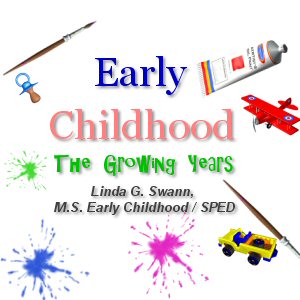Handling Memory
 As I described last week, short term, or working, memory is where a child holds information, while deciding what it means… and what to do with it. But…short term memory is limited in the amount of information that can be held, and it does not keep information for a long period of time. Because information is fragile and easily lost, it must be kept active to be retained. Focusing on the inform will keep short term memory active, but it fades quickly when attention shifts to other things. To keep information active for longer than 20 seconds, mental rehearsal can be applied. This can be done in one of two ways. As long as you repeat the information, you can maintain it in your short term memory. This is called “maintenance rehearsal” and will work for information you plan to use and forget about, such as a telephone number or a particular piece of information to be used on a quiz. “Elaborate rehearsal” involves connecting the information with something you already have stored in long term memory. By associating the name of a new acquaintance with that of a friend, assures your remembering the name when meeting the person again. Association or elaborate rehearsal not only retains information, but also helps move information into long term memory.
As I described last week, short term, or working, memory is where a child holds information, while deciding what it means… and what to do with it. But…short term memory is limited in the amount of information that can be held, and it does not keep information for a long period of time. Because information is fragile and easily lost, it must be kept active to be retained. Focusing on the inform will keep short term memory active, but it fades quickly when attention shifts to other things. To keep information active for longer than 20 seconds, mental rehearsal can be applied. This can be done in one of two ways. As long as you repeat the information, you can maintain it in your short term memory. This is called “maintenance rehearsal” and will work for information you plan to use and forget about, such as a telephone number or a particular piece of information to be used on a quiz. “Elaborate rehearsal” involves connecting the information with something you already have stored in long term memory. By associating the name of a new acquaintance with that of a friend, assures your remembering the name when meeting the person again. Association or elaborate rehearsal not only retains information, but also helps move information into long term memory.
The last part of the your child’s memory system, is long term memory. Long term memory has long duration, unlimited capacity, and a network of interconnections among all stored information. Some psychologists believe that information not used regularly, may become weaker over time, and possibly disappear. Others believe, once information is in long term memory, it stays there permanently, but may be difficult to retrieve. Long term memory seems to be capable of holding as much information as as is needed, thus, we should be able to remember as much information as we want for as long as we want. Some psychologists believe information is stored as visual images or verbal units, or both. Others believe that images are stored as verbal codes and later translated into visual information as needed. Cognitive psychologists define semantic, episodic, and procedural memory as part of long term memory.
Semantic or declarative memory, contains facts, generalized information, concepts, principles, and/or rules and how to use them, along with problem solving skills and learning strategies. Semantic memory is organized into networks of connected ideas, like an outline, and called a schemata. Different concepts or ideas are grouped under larger concepts, helping a child relate new information to already stored information.
Episodic memory is our “personal experiences” of things seen or heard. Remembering birthday parties, weddings or other events in our lives, uses long term episodic memory. Episodic memory can include flashbulb memory, where the mention of an important event brings visual and auditory memories of what we were doing when the event occurred.
Procedural memory is the ability to recall “how to” perform a task. This would include riding a bike, driving, cooking, drawing and playing an instrument, etc..
How much memory do we retain of the information learned at school? We will discuss this and how to enhance memory next week.











